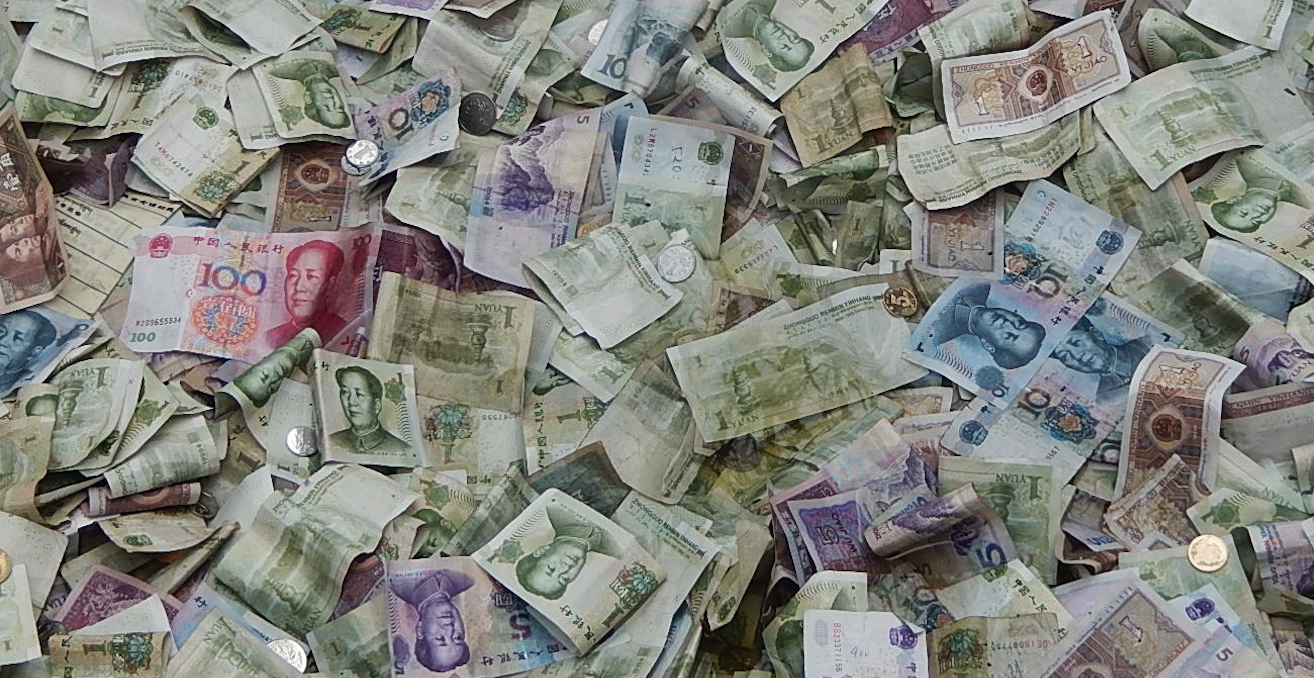Xi’s 2015 Policy Mistakes and the Unacceptable Consequences

A Lehman-style financial crisis in China is probably inevitable within the next two to three years. Yet despite what will be a bumpy transition, the country should then resume respectable — though slower than current — growth.
Despite the Chinese government’s commitment to stable GDP growth, there is a consensus that China growth is slowing. The question is how fast and how bumpy will the ride be.
There is a strong consensus among both business people and economists that China’s growth is slowing, not just for 2019 but for the next few decades. Some slowing is normal as an economy develops. Yet many — including the Chinese government — have concerns that the slowing may be uncomfortably fast.
Earlier this decade the growth debate was framed as a concern that China would fall into a middle-income trap — stagnation — due to a failure to pursue economic liberalisation. That debate was intellectually flawed: there is no clear evidence that a middle-income trap exists. Developing countries that struggle are ones which fail to generate manufactured exports rather than ones which fail to engage in a broad liberalisation agenda, and China has clearly demonstrated its abilities as an exporter. Nevertheless, the middle-income trap debate was pushed by well-meaning people in China trying with little success to get the leadership to undertake economic reforms.
As a major exporter, the growth issue for China came to a head in 2012 when world trade began a stagnation it has never truly recovered from. The main source of the trade stagnation was weaker demand in developed countries over which China had no control. China’s response was to engage in massive monetary stimulus. However, this has both failed to stop the steady easing in the long-term growth rate and at the same time has dramatically increased risks in the Chinese financial sector. These risks have grown to the point where the greatest challenge to China is not economic reform but rather containing credit growth, a process that has to involve slower GDP growth.
The turning point for China was 2015 when Xi Jinping chose to make his target of stable growth out to 2020 into a major political commitment. This was a monumental policy mistake as it led to another explosion of credit growth in 2015-16. If credit growth is measured correctly it now looks like it is too late to easily stabilise financial sector risks. To truly end the risks China would now have to induce a recession, which is politically unacceptable.
In May 2016 Xi issued an anonymous article in the People’s Daily which was not internally coherent. On the one hand he warned about excessive credit growth but on the other hand called for an “L-shaped” growth path which was interpreted as stable growth from then on. At the top, Xi failed to understand the impossibility of containing credit growth without accepting slower GDP growth. He also took measures to suppress open debate about his growth target.
After 2016 China took some regulatory measures to contain financial risks but they have been inadequate given the size of the problem. The Chinese government claimed at the time that these measures would not harm GDP growth but this predictably turned out to be wrong. China was also given some breathing space by a temporary improvement in exports. Now that this has faded China has again resorted to monetary stimulus. Once again financial risks are increasing. China claims that this time the stimulus will be relatively modest as it recognises the financial stability risks. However, this is still a work in progress and we see more and more stimulus as growth continues to weaken. Even worse, the 2015-16 stimulus was so large China now has little room to manoeuvre. So even a modest stimulus risks pushing the financial system over the edge.
China is at little risk of stagnation in the absence of a major political dislocation. The financial risks China has built up do not resemble Japan’s before the lost decade. Japan never had a financial crisis, just a long unwinding of excessive asset prices. China in contrast has set itself up for a Lehman-style financial crisis with lending rising much faster than deposits.
Claims that China cannot have a financial crisis do not hold water. High domestic savings are not the issue when lending at the margin is not funded by deposits but by wholesale markets. China’s low foreign debt is also not a reason for complacency. It just means that the crisis will be triggered by domestic investors withdrawing funds in a panic. The financial system is government-owned but operates on a commercial basis. We have seen many potential financial crises triggers set off within a government-owned system, the most recent being liquidity problems at the Bank of Jinzhou.
China still has considerable growth potential. There is a complex debate about China’s productivity data but overall China does not have unusual problems on the productivity front compared to other east Asian exporters. Despite its demographics, on average living standards are well below other east Asian countries. While a financial crisis and the resulting recession are probably inevitable in China within the next two to three years, in the absence of further major policy mistakes China should then resume respectable growth, although slower than at present.
So what could have been a smooth transition to lower growth now looks like it will be very bumpy: a result of the policy mistakes in 2015.
Stephen Joske was senior advisor to the Federal Treasurer during the Asian Crisis of 1997-98 and later worked for fifteen years in China. He has been the senior treasury representative at the Australian Embassy in Beijing and worked on Chinese economic issues at the Office of National Assessments and the Economist Intelligence Unit.
This article is published under a Creative Commons Licence and may be republished with attribution.





